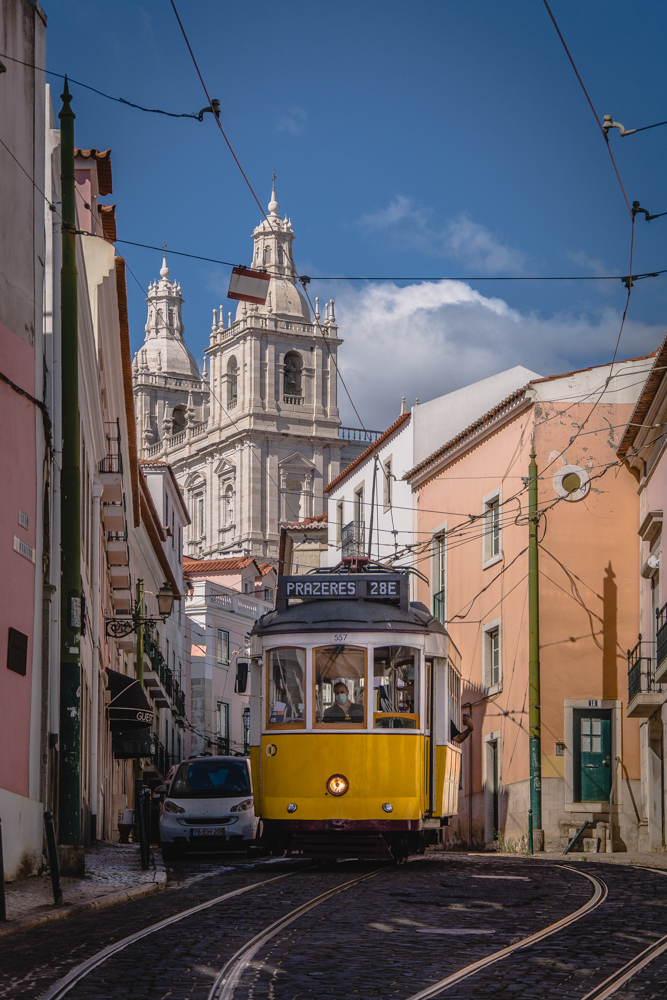

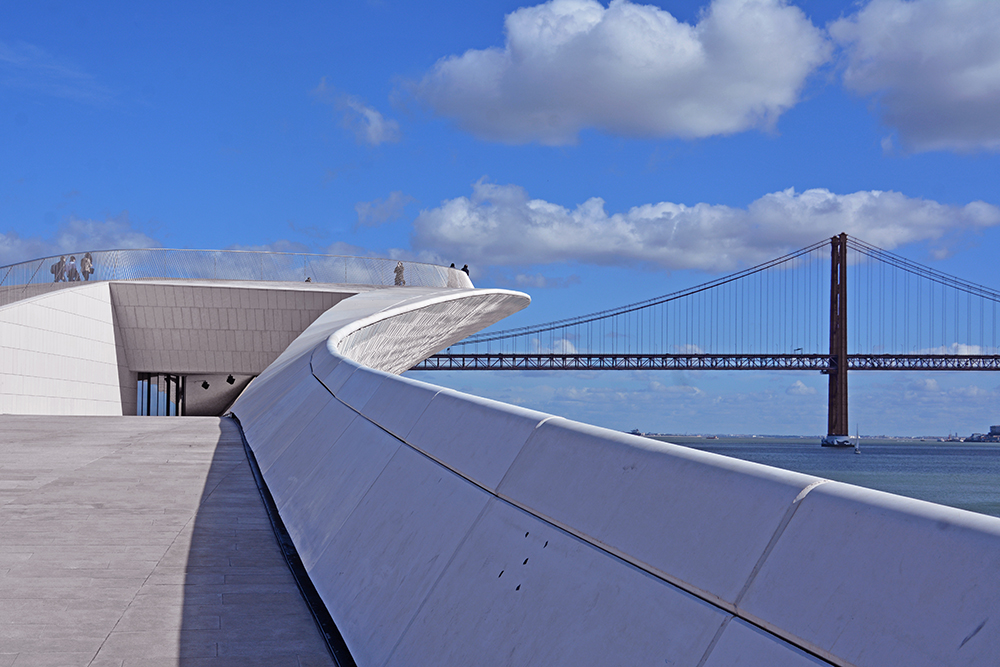
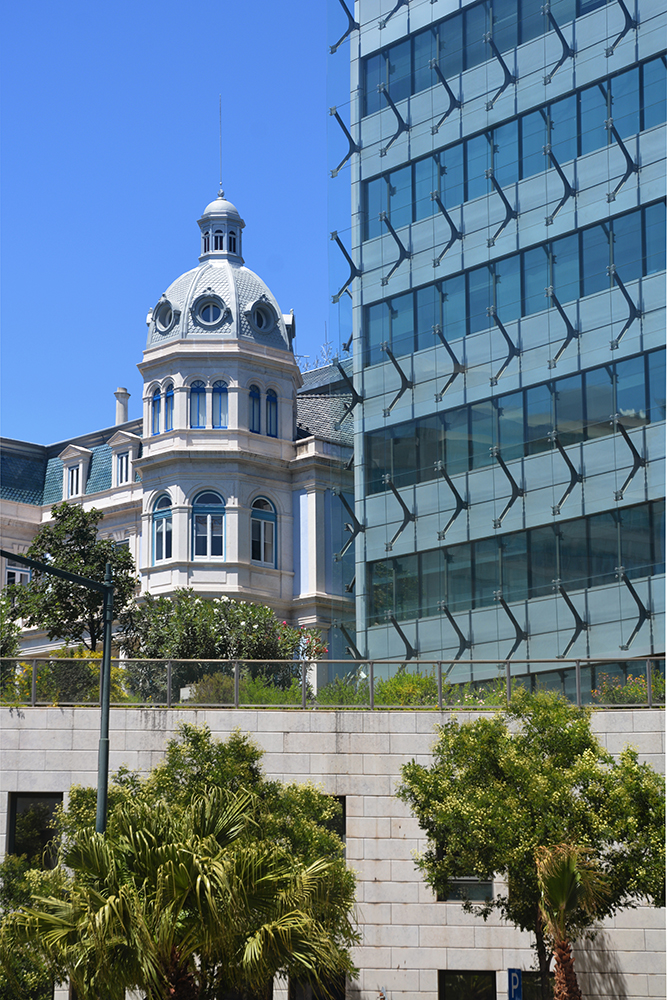
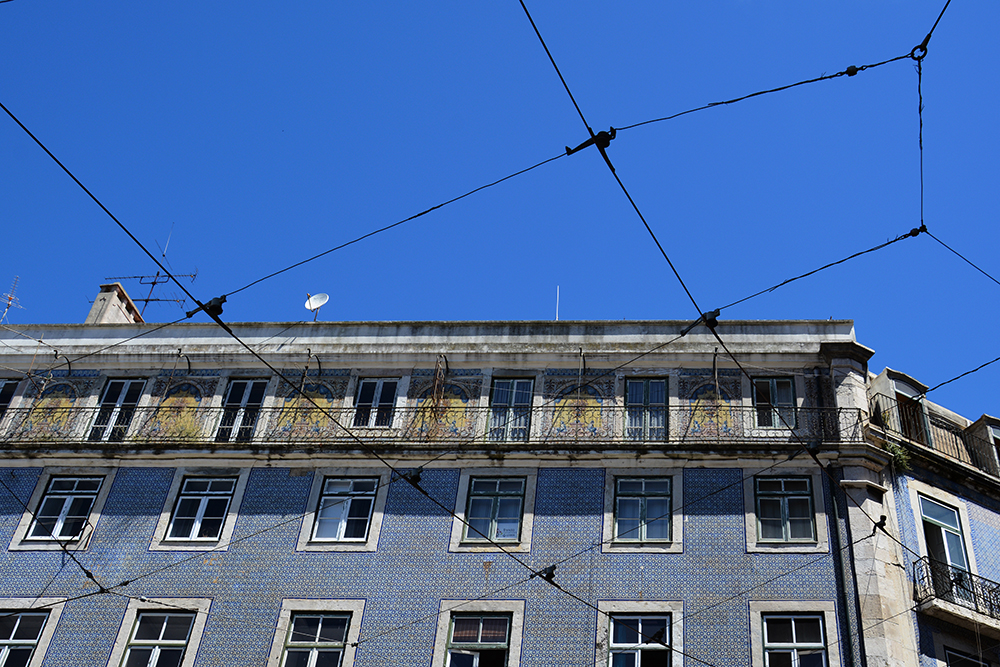
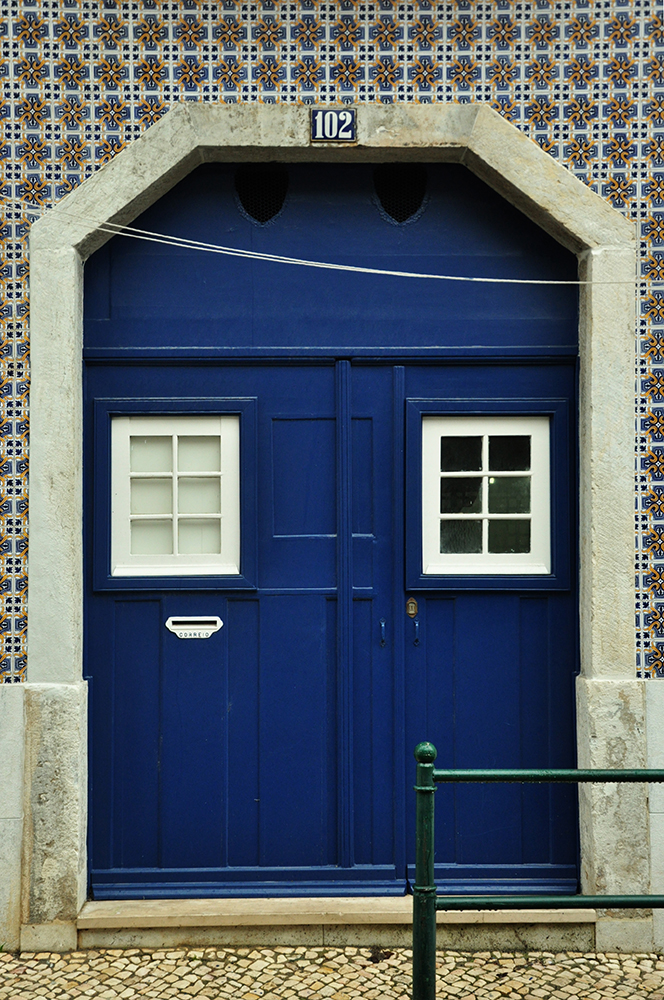
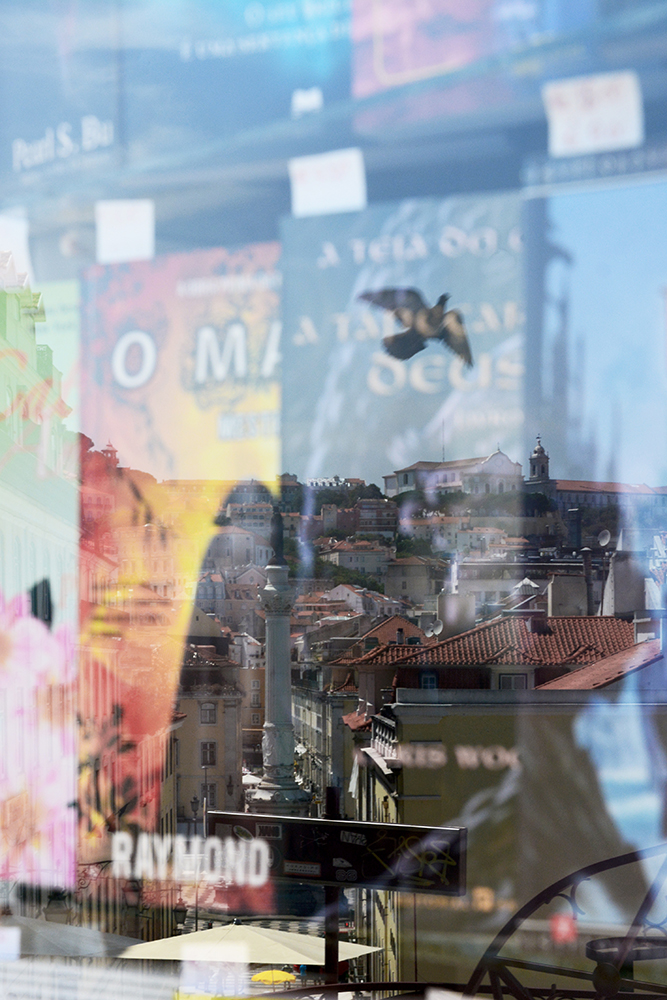
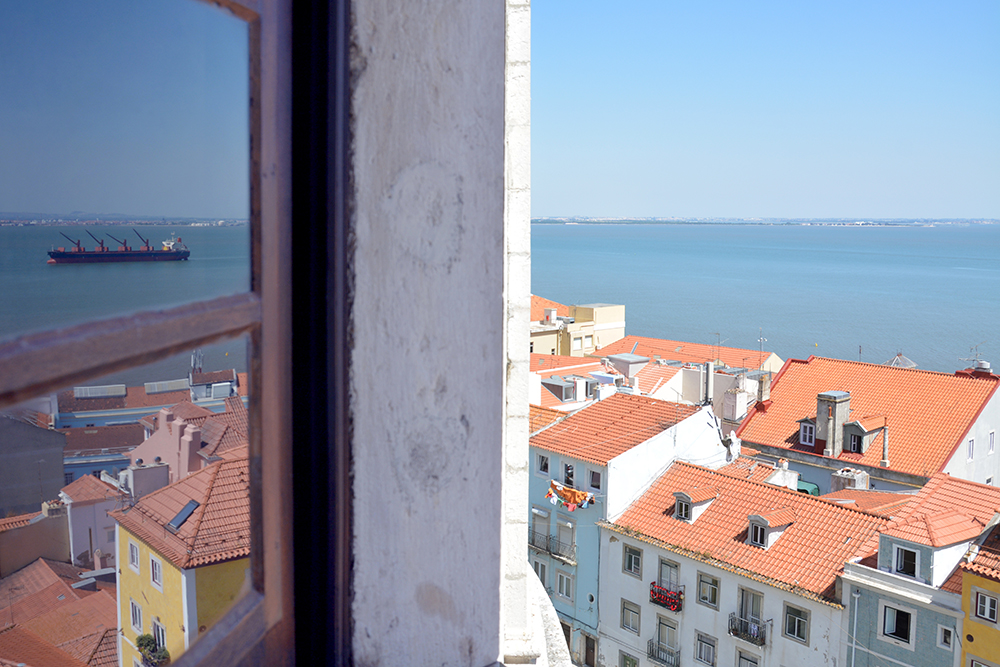

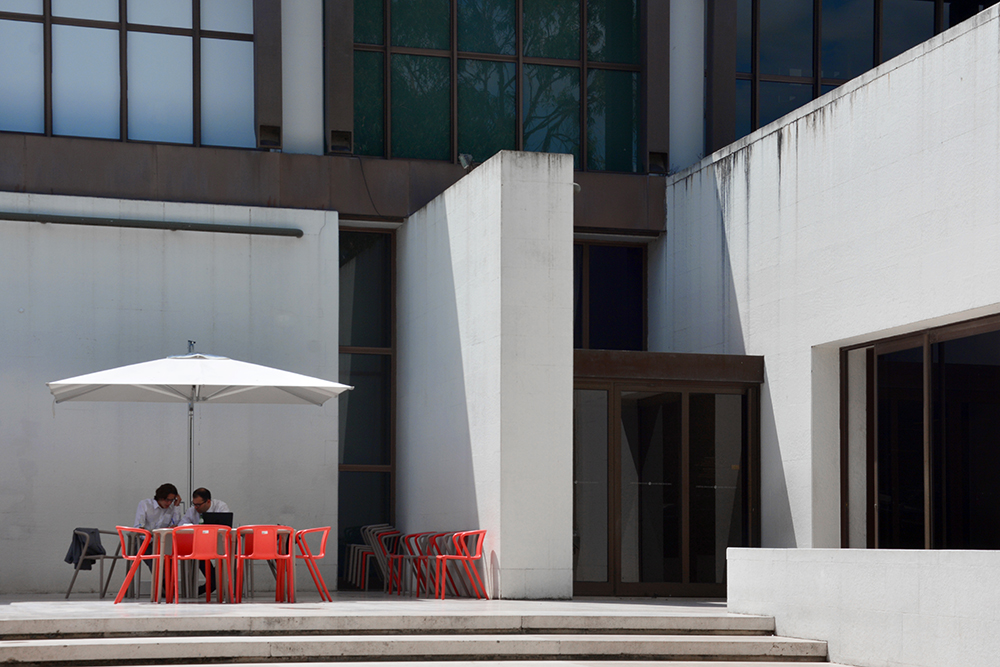

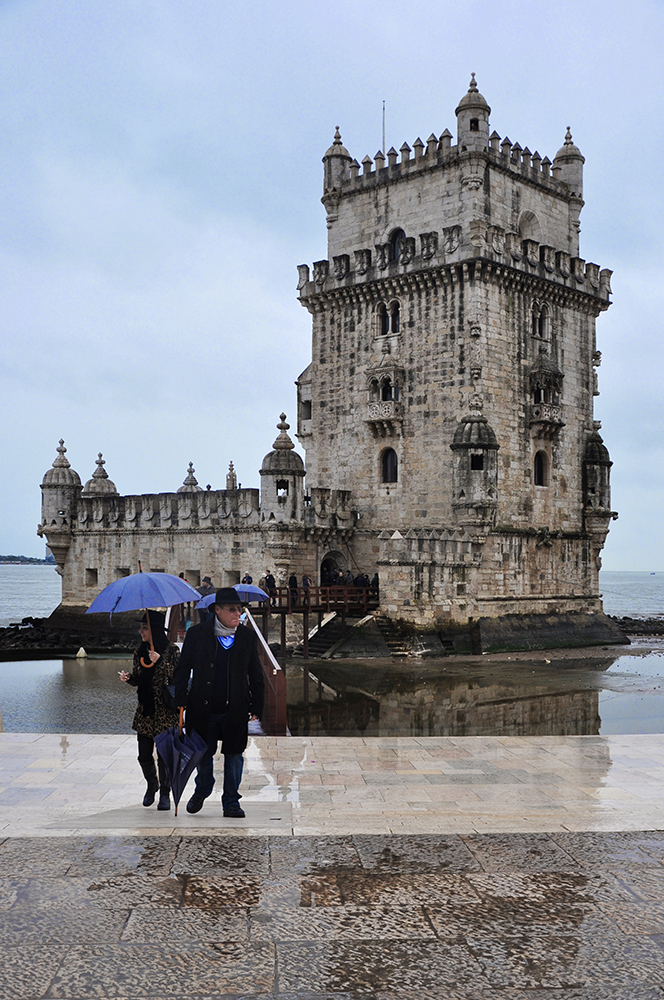
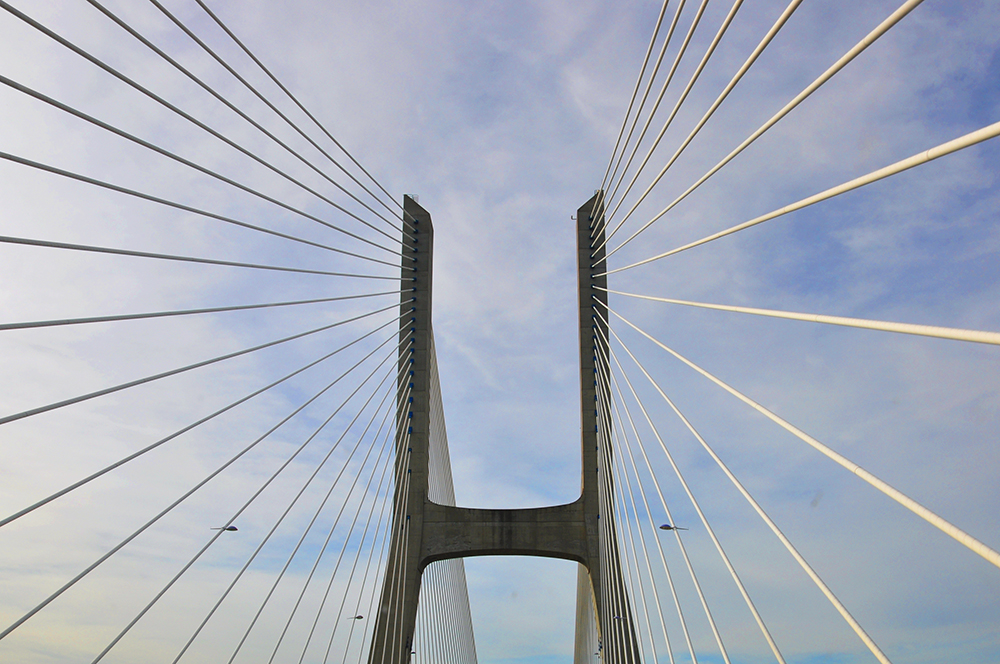
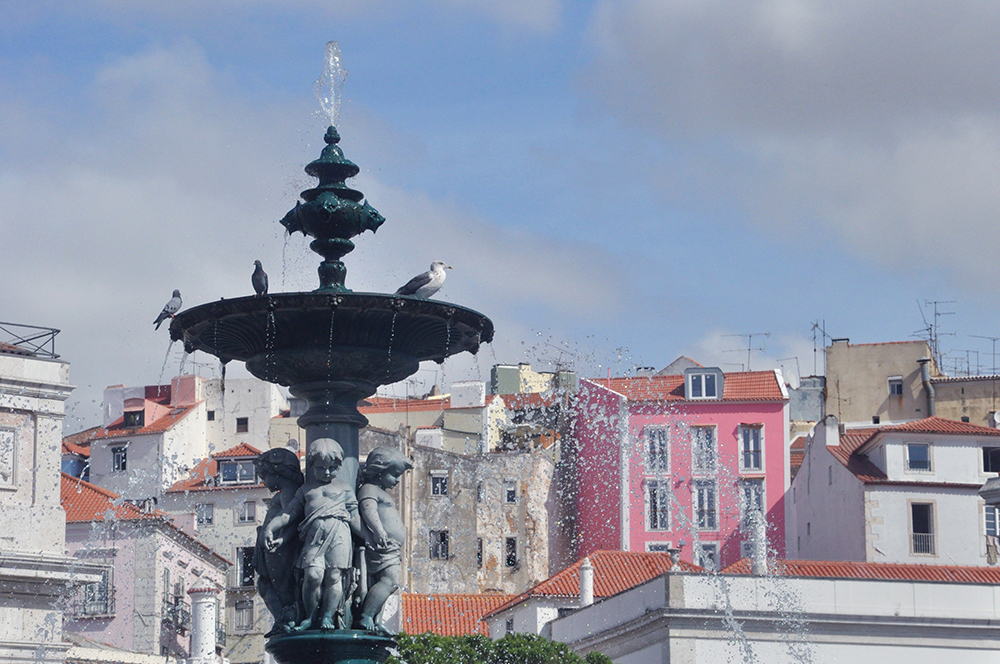
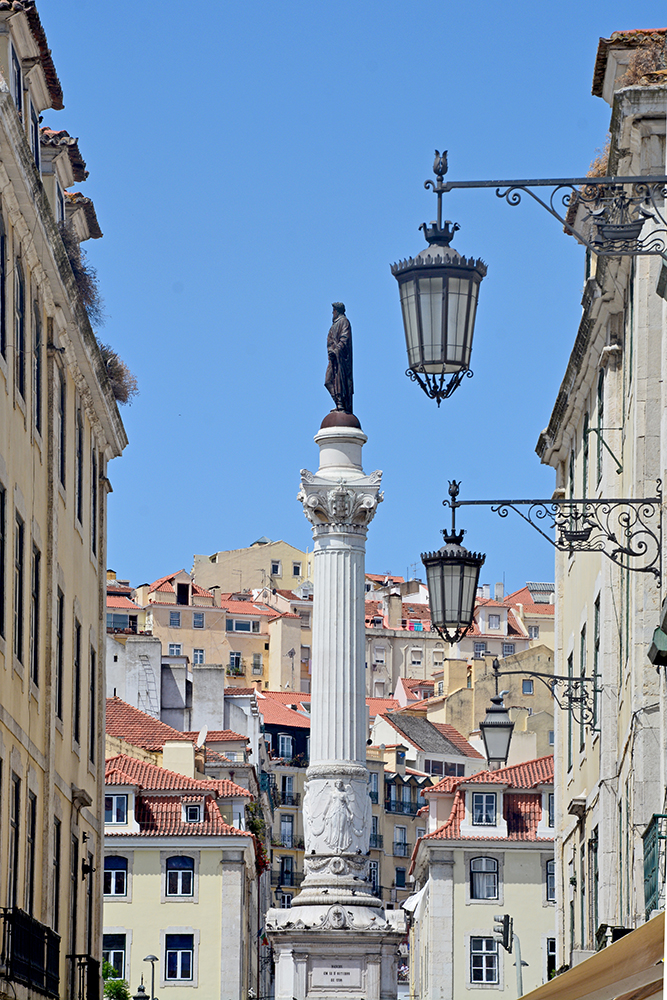
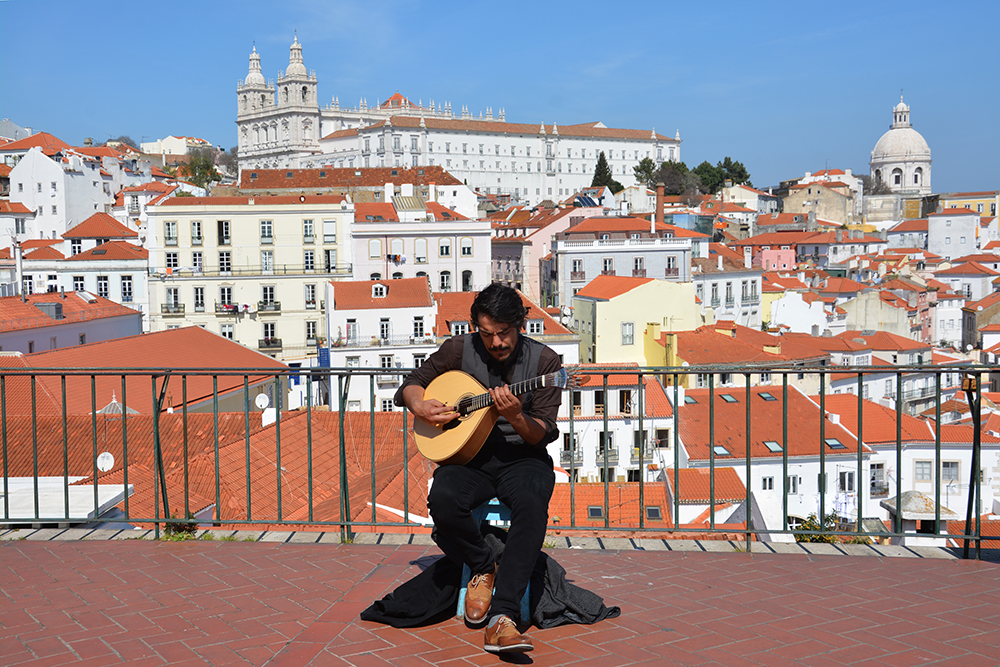
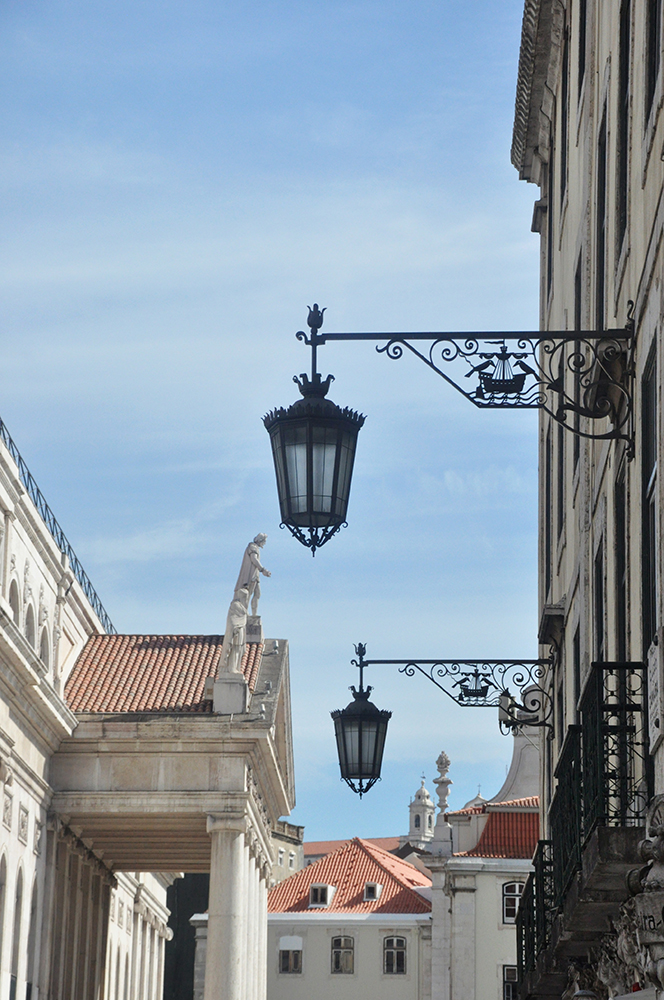
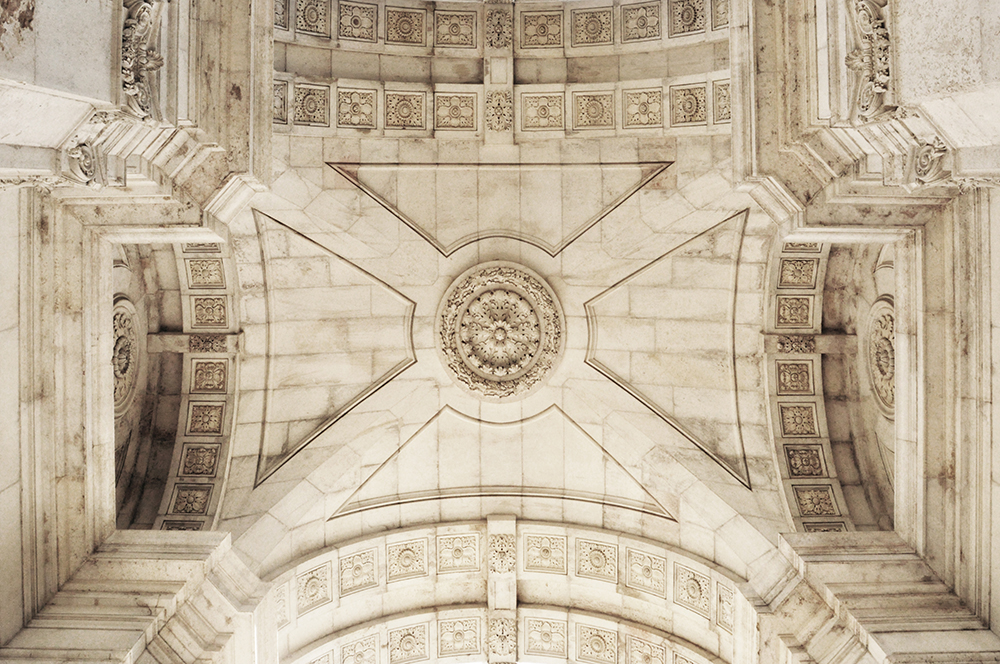
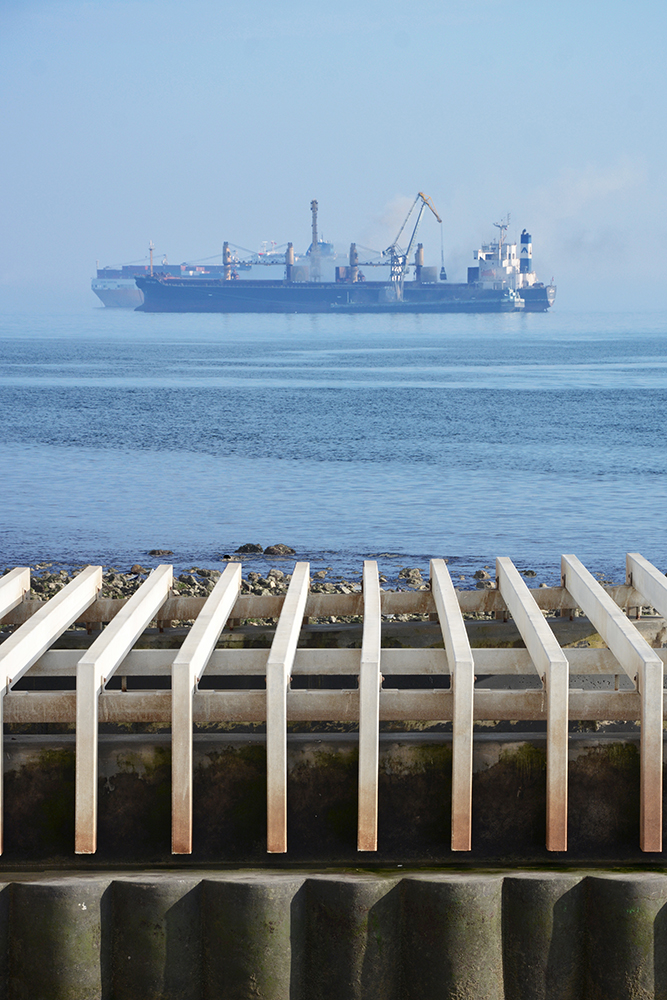
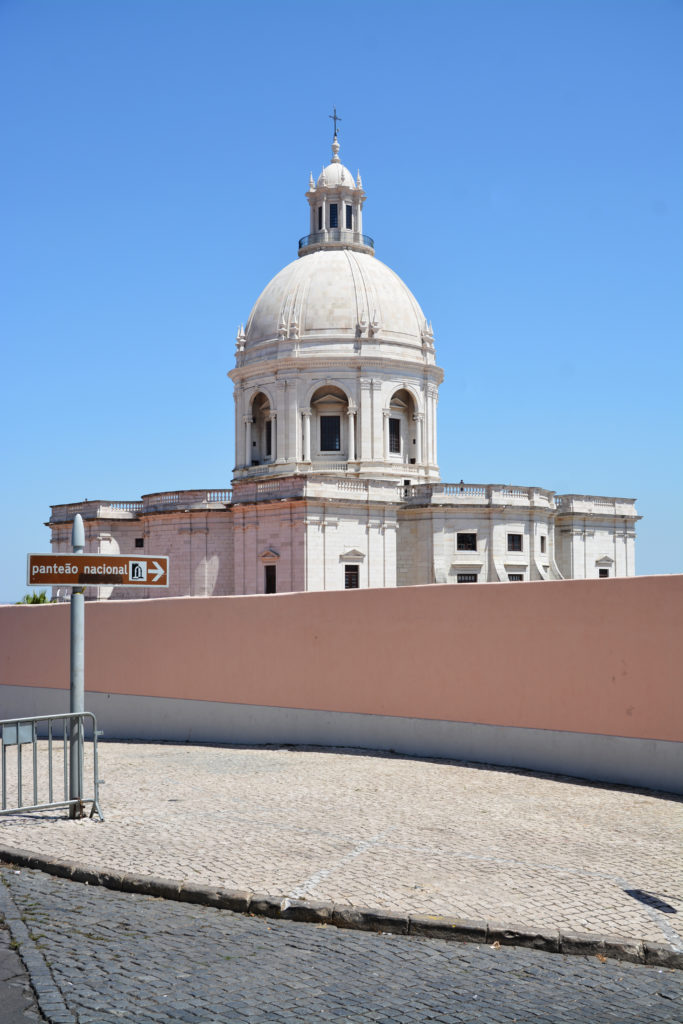
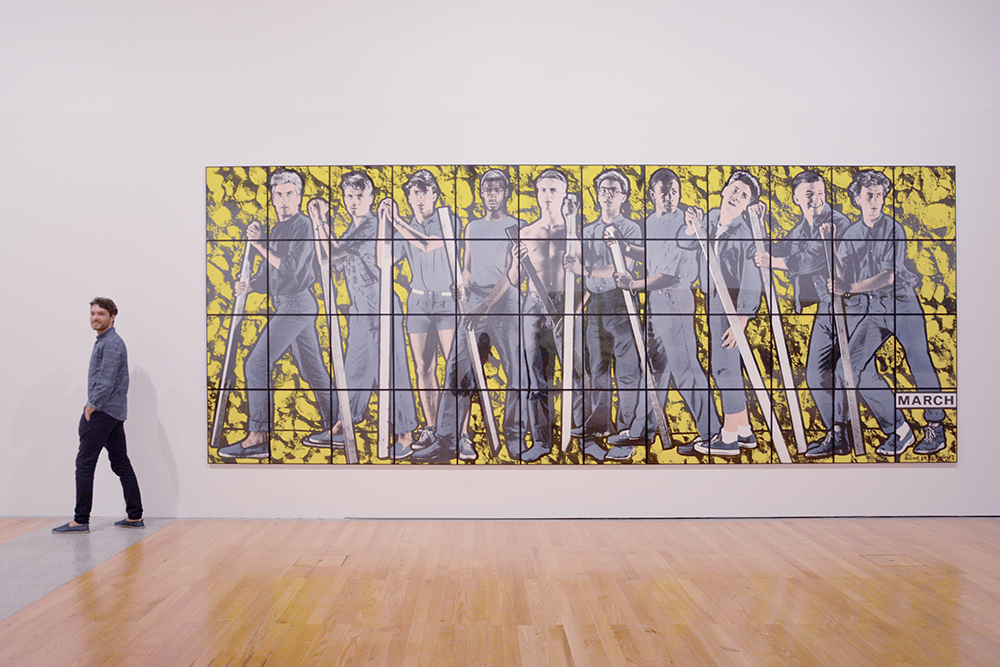

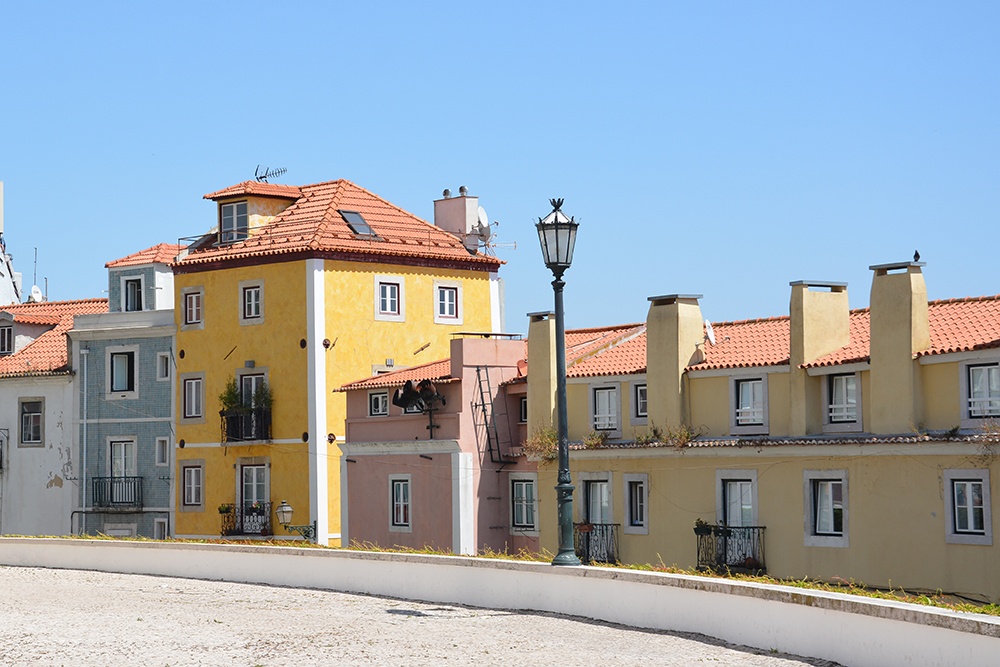
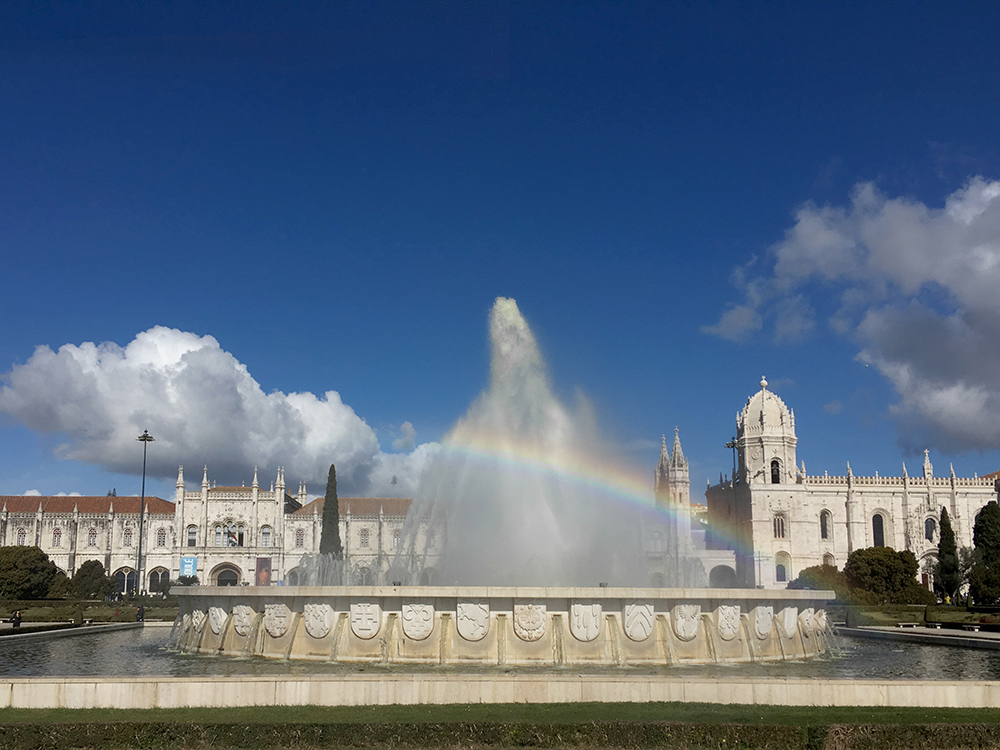
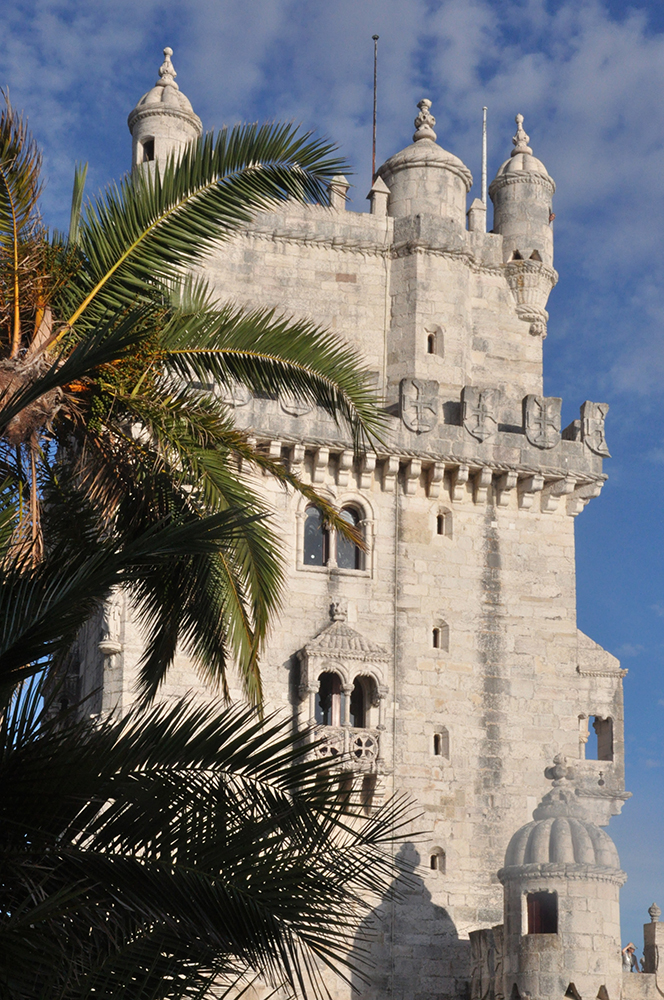
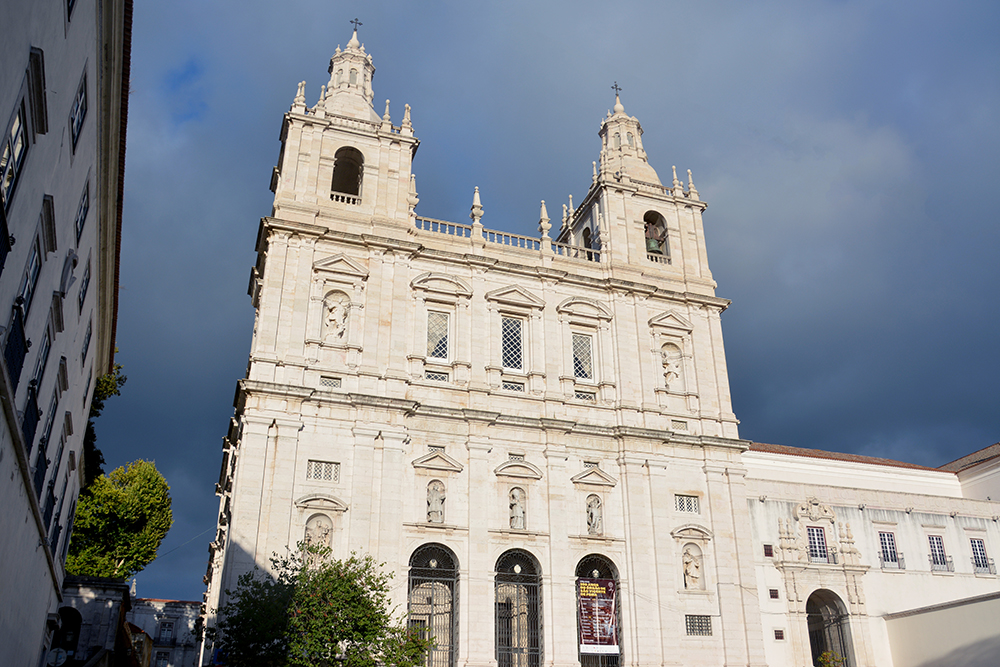
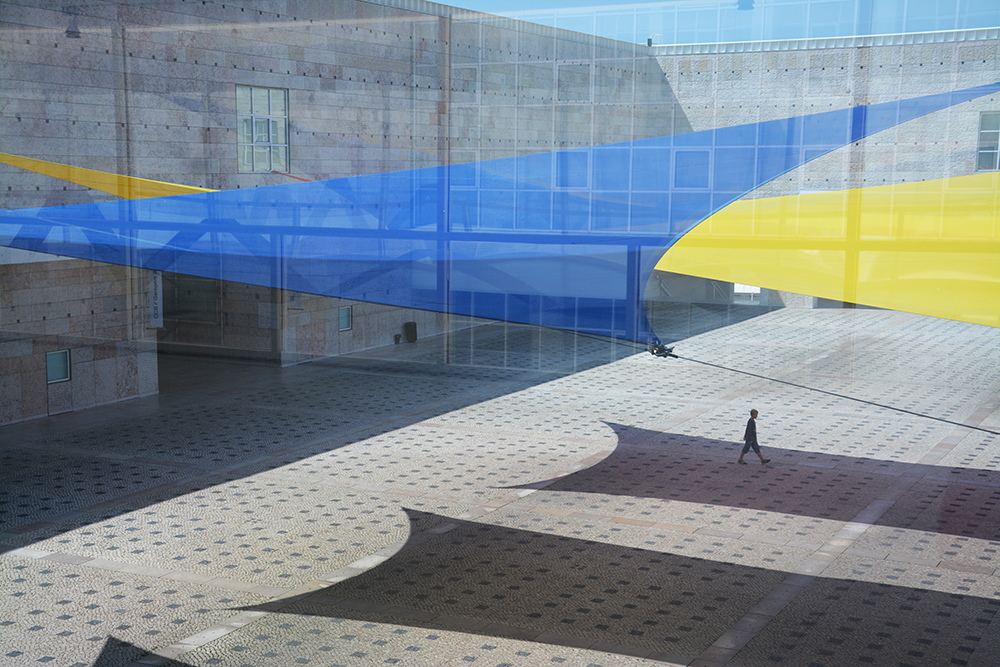
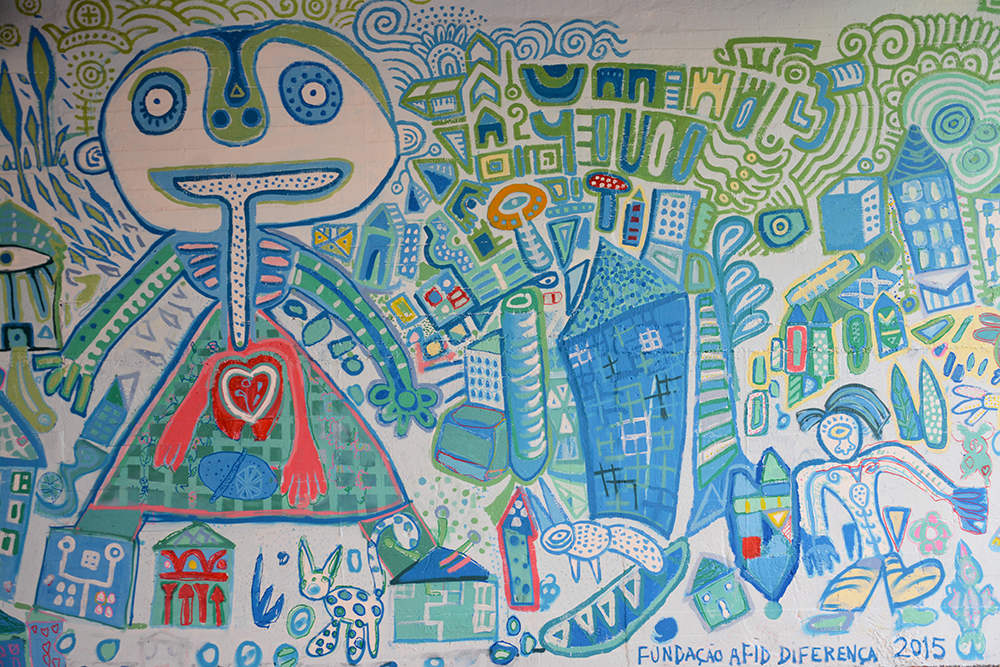
Lisbon’s urban planning
Earthquake resistant architecture
Is it possible that one day can change Lisbon’s urban planning? History of Lisbon shows an unusual metamorphosis, which can be seen in still existing districts Alfama and Baixa. The solutions implemented after the Great Lisbon Earthquake had a huge impact on the architecture of Portugal.
Alfama
The name of the oldest Lisbon neighbourhood came from an occurrence of mineral springs – an Arabic word Al-hamma meaning fountains or baths. But it is not the only one testimony of its origins. It was established by Maurs1 on the slope of the Tagus River. An urban plan imitated an unconquerable maze, which was a characteristic feature of Maghreb2. Narrow, steep streets hindered attacks on the contemporary city centre – citadel Castelo de São Jorge3. However, high-density housing had a negative impact on the sanitary and living conditions. That’s why the poorest people and fishermen lived in the area. Thanks to the high location, Alfama was the only survivor from the earthquake.
All Saints Day
1st November 1755
9:40 a.m.
3 minutes earthquake
8,7-9 on Richter’s scale
20 meters tsunami wave
5 days of fire
85% of the city destroyed
30,000–40,000 fatalities
Baixa Pombalina4
Lisbon’s urban planning and the reconstruction of the representative downtown after the earthquake was entrusted to Marquis of Pombal5. With the support of engineers Manuel da Maia, Eugénio dos Santos and Carlos Mardel he created innovative architectural and urban planning solutions. They designed everything taking into account sanitary conditions, seismic and fire protection. The urban planning scheme began near the Tagus – with the riverbanks protected by additional embankments. Spacious Praça do Comércio square built in the destroyed royal palace’s place, is surrounded by “U” shaped buildings. An orthogonal net of wide streets started from the main axis Rua Augusta, marked with a triumphal arch. Another square – Rossio – ends the whole urban scheme.
Earthquake Resistant Architecture
Monumental, classical buildings, except unified architectural detail, had a special construction, which distributes seismic forces – wooden cage structure and pile foundations. Tall detaching walls provided fire protection. Moreover, modern sanitary and sewer systems were also added. Usage of prefabricated elements has shortened reconstruction’s time. The Great Lisbon Earthquake brought specific architectural changes, which shaped features of the Pombaline Style. Technical and urban planning solutions became a model for many other cities around the world.
Travel Palette of Lisbon
Annotations:
1Moorish domination on the Iberian Peninsula lasted from the8th until the 12th century.
2Region of North Africa created during Arab expansion in the Middle Age.
3Christian forces during Reconquista in the 12th century recaptured the castle..
4Today’s district Baixa, partly Baxia-Chiado and Cais do Sodré.
5Actually, Sebastião José de Carvalho e Melo.
